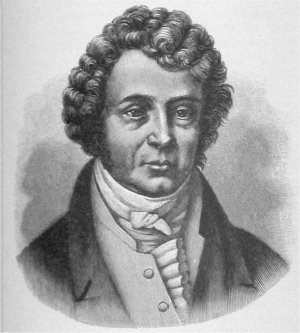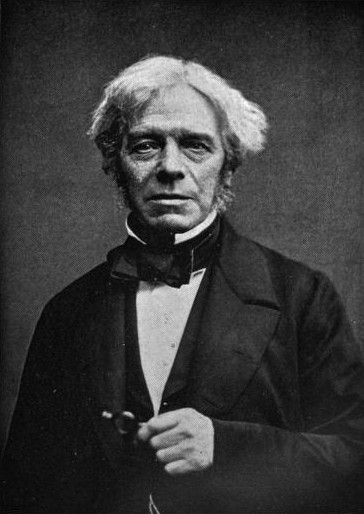
The research of magnetic didn't develop until 1820 April, when a French physicist, Hans Christian Oersted, doing the demonstrative experiment, suddenly found when electric current goes through the wire, the magnetic needle beside the wire changes direction. He realized that this phenomenon will reveal the relationship between electricity and magnetism. Three months later, he published his result. Another French Physicist, Andre Marie Ampere, noticed Oersted's work. He repeated the Oersted experiment, and found Ampere's right-hand rule. He also showed that two parallel wires, carrying current, attracted each other if the currents flowed in the same direction and opposed each other if the currents flowed in opposite directions. He formulated, in mathematical terms, the laws that govern the interaction of currents with magnetic fields in a circuit and as a result of this the unit of electric current, the amp, was derived from his name.
Funny Story
Ampere was very good at math and he always did some deducing. One day when he was walking on the street, he suddenly had some inspiration. He was very excited and wanted to find a blackboard to do the deducing. At that time, he happened to find a blackboard just in the front of his eyes. As he was buried with the deducing, the blackboard began to "run". Without consideration, Ampere began to run after the blackboard. Until he couldn't catch up with the blackboard anymore, he found out it was a carriage.
Ampere' Law shows that the electric current can generate magnetic field. Can magnetic field generate electric current? The outstanding work done by Michael Faraday gave us the answer. He and his assistant used a simple equipment to find the Faraday Law.
His assistant made the magnet go through the metal loop, which connected to the current meter in another room. When the magnet went through the metal loop, the current meter changed the data. Faraday repeated this several times and got Faraday' law. There is a fun story. In fact, in the same time, another scientist also did the same experiment, but he had no assistant. So after he made the magnet go through the metal loop and ran to the other room, he found no thing.
Other scientists we should never forget are Jean-Baptute Biot and Felix Savart. They did a series of experiments. And finally, Pierre-Simon Laplace, helped them to analyze the experiment data. The result is Biot-Savart-Laplace equation. (Math is very important!)

Andre Marie Ampere
This picture comes from: http://en.wikipedia.org/wiki/Image:Ampere1.jpg

Michael Faraday
This picture comes from: http://en.wikipedia.org/wiki/Image:Faraday-Millikan-Gale-1913.jpg
Reference
1.http://en.wikipedia.org/wiki/Hans_Christian_%C3%98rsted
2.http://en.wikipedia.org/wiki/Andre_Marie_Ampere
3.http://en.wikipedia.org/wiki/Michael_Faraday